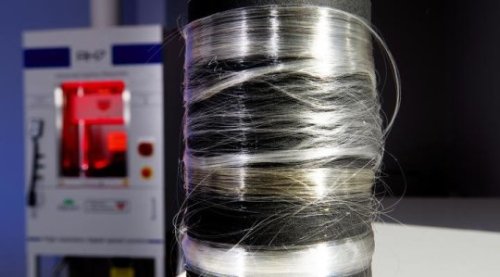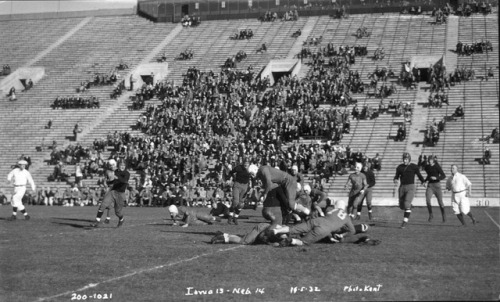#university of nebraska
Mass production of biodegradable plastic
Introducing a simple step to the production of plant-derived, biodegradable plastic could improve its properties while overcoming obstacles to manufacturing it commercially, says new research from the University of Nebraska-Lincoln and Jiangnan University.
That step? Bringing the heat
Nebraska’s Yiqi Yang and colleagues found that raising the temperature of bio-plastic fibers to several hundred degrees Fahrenheit, then slowly allowing them to cool, greatly improved the bio-plastic’s normally lackluster resistance to heat and moisture.
Its thermal approach also allowed the team to bypass solvents and other expensive, time-consuming techniques typically needed to manufacture a commercially viable bio-plastic, the study reported.
Yang said the approach could allow manufacturers of corn-derived plastic – such as a Cargill plant in Blair, Nebraska – to continuously produce the biodegradable material on a scale that at least approaches petroleum-based plastic, the industry standard. Recent research estimates that about 90 percent of U.S. plastic goes unrecycled.
Post link
Process improves strength, color of feather-based fibers
Domesticated chickens in the United States alone produce more than 2 billion pounds of feathers annually. Those feathers have long been considered a waste product, especially when contaminated with blood, feces or bacteria that can prove hazardous to the environment.
Nebraska’s Yiqi Yang is among a growing cadre of researchers looking to transform those feathers into fibers that find a place in natural fabrics. In that vein, Yang and his Husker colleagues are devising and testing methods to improve the properties of feather-derived fibers.
Those methods include cross-linking: chemically bonding long protein chains—including keratin, a water-resistant protein of feathers—to bolster the performance of the resulting fibers and fabrics. But that performance must still improve, and unwanted side effects of cross-linking be resolved, before feathers emerge as a greener alternative to petroleum-based materials—polyester, nylon—currently dominating the market.
Post link
Iowa-Nebraka football game at Iowa Stadium, The University of Iowa, November 5, 1932
Photographer: Kent, Frederick W.
Nebraska won 14-13. Iowa football games were played at Iowa Field until Iowa Stadium opened in 1929. Iowa Stadium was renamed Kinnick Stadium in honor of Heisman Trophy winner Nile Clarke Kinnick in 1972.
Source: http://digital.lib.uiowa.edu/cdm/ref/collection/ictcs/id/6185
Post link




